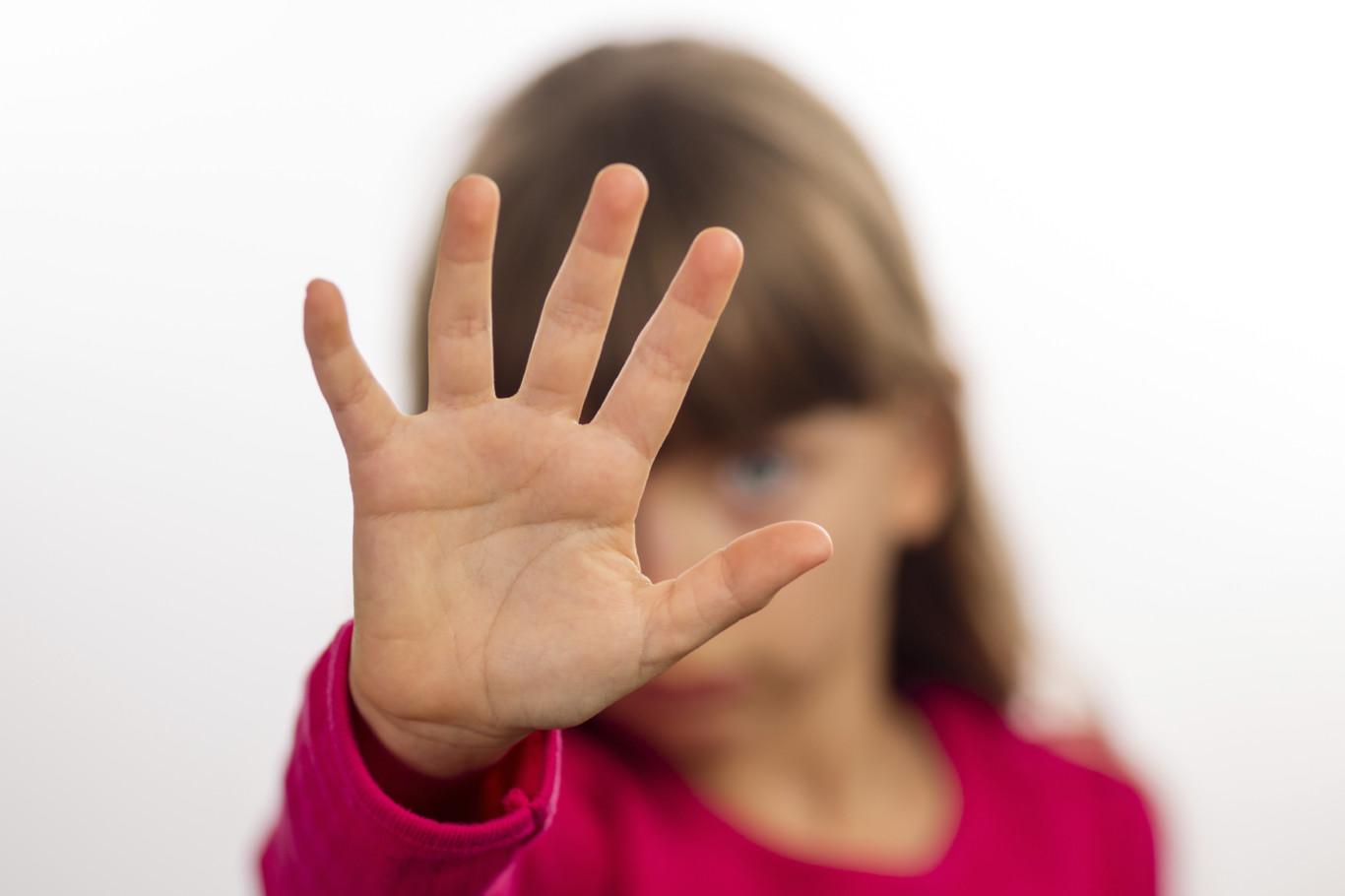
The pattern of violence in child abuse appears to be led in most cases by the non-blood relation. | Archives
Palma17/12/2021 12:03
With two murder trials within a week in which it emerged that children of six and 18 months were brutally killed by people who had parental care, it was inevitable that the role of social workers would be investigated. In both cases, but especially with Star Hobson in Yorkshire, the social services were given warnings that the children were being abused.

1 comment
To be able to write a comment, you have to be registered and logged in
Oh yes they should... just like police not giving concern to children's protection and wellbeing.. I know someone close who one of their parents couldn't control themselves and would lash out at their child. a few times went to police to report the physical violence against the minor. Nothing happened. Social worker took the word of the parent after a visitation and yet made a report of no serious concern about the violence towards the child. This also included gas lighting, mental and emotional abuse along with physical. social workers are in a civil servant job and dont care..